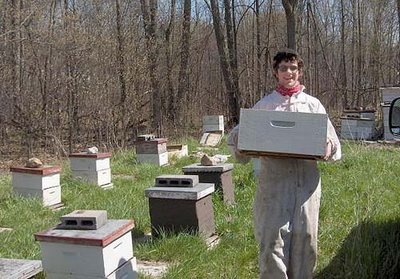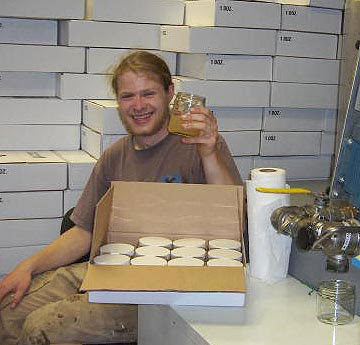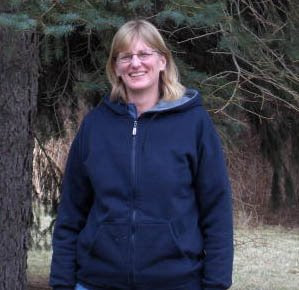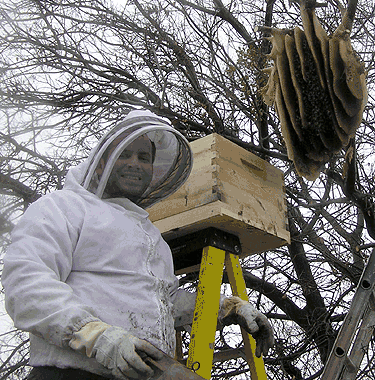beverage makin’ joy !

Historically, sodas and other thirst quenching drinks were prepared at home and had nutritional value. The ingredients were wild crafted and the results produced a beverage that was refreshing and also gave a boost to the system. Root beer, Jamaican style ginger ale, switchel, beet kvass, and kombucha tea have tonic effects on the body system. These drinks were a way of bringing health into the home. Not magical elixirs, these beverages were more supplemental in their medicinal value. Today, chances are any soda or refreshing beverage on the market has been completely stripped of any of the health tonic qualities that originally inspired the flavors of the drink. We can help take our health back into our hands by preparing home made beverages from fresh ingredients.
When we make sodas and other beverages we are directly connected to the actual ingredients and the particular flavors they impart. We see that in order to access the medicinal properties of yellow dock root or dandelion root in our root beer, we must mask the astringent bitterness with sassafras root bark and honey. To offset the bite of freshly grated ginger for ginger ale it is necessary to add some citrus juice and honey. The flavors are powerful and there is nothing artificial about them. Nature provides the nutrition and through sodas we can access it.

the first of the new crop of orange blossom honey,
the first crop of the season.
When making sodas, the flavor intensity of the ingredients and honey sweetness can be tailored to the individual. Thirst-quenching beverages need not be overly sweet. Tart, sour or bitter flavors can be just as satisfying. In our country, few flavor choices exist for people outside of overly sweet or salty. Most of these foods are dead. Bring life to your family and friends! Put burdock root back into your root beer, use beets from your garden in your beet kvass and let yeast and bacteria work together to give kombucha tea that satisfying sour taste with a subtle sweetness.
Making healthy beverages in the form of soda pop and other drinks is easy and fun. It is possible to create fresh beverages full of health promoting microorganisms with tastes that hint of sweetness, but also of other tones like sour or tart or bitter tastes that are wonderful and that most people aren’t as familiar with.



